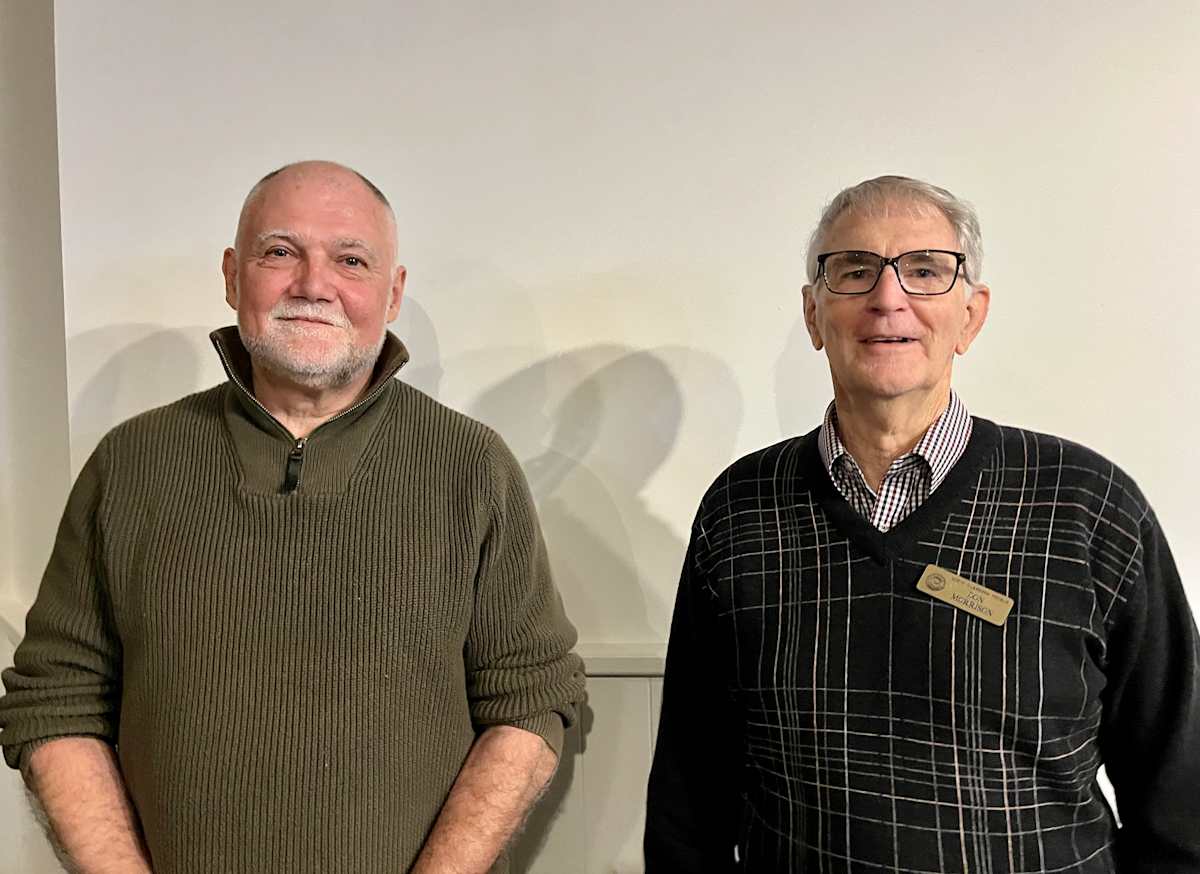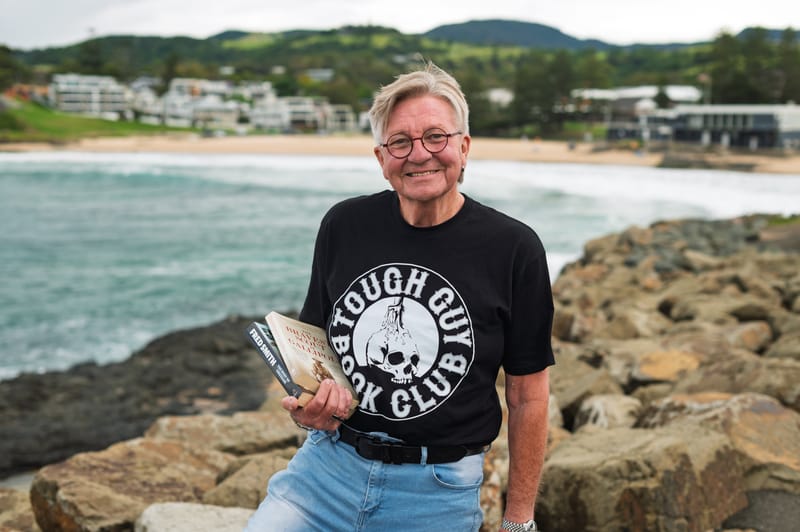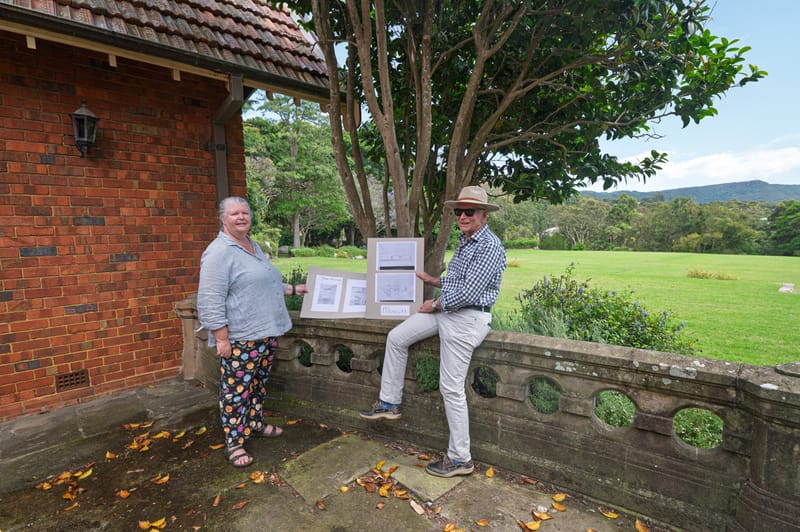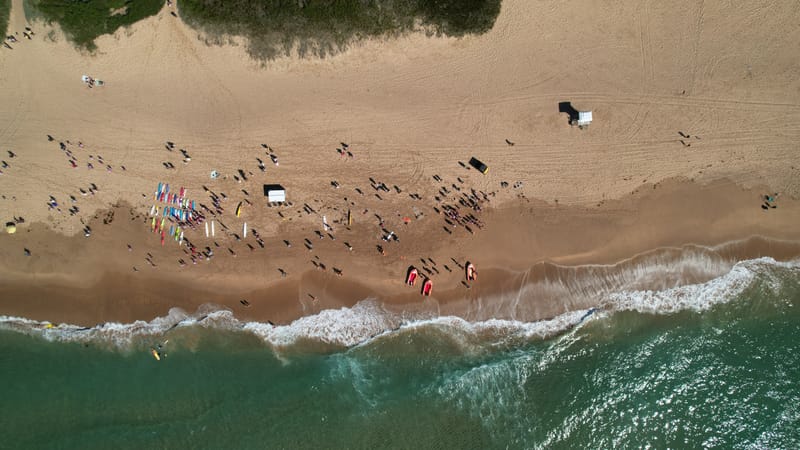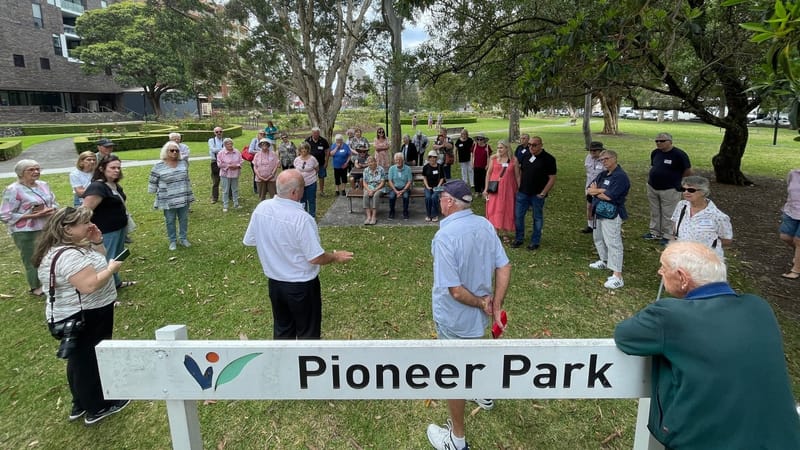Big blue gap: Scientist calls for Illawarra marine tourism plan
Duncan thinks there are more big blue opportunities in diving and snorkelling. “I think we should push councils for a marine tourism plan and get some leadership happening,” he told the Illawarra Flame
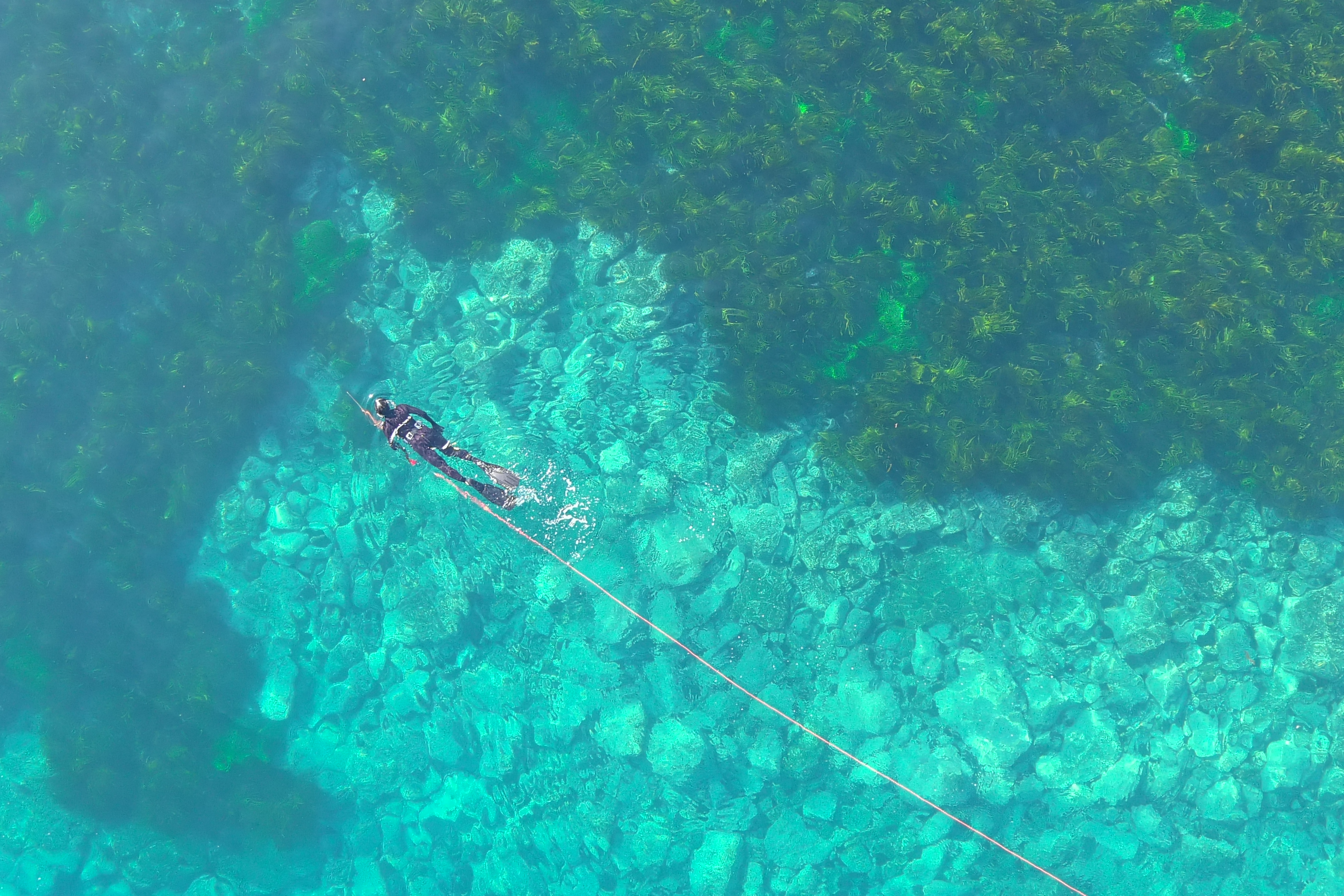
It’s been almost 40 years since Duncan Leadbitter first worked on a draft aquatic reserve management plan for Jervis Bay that drew attention to the opportunities in blue tourism. Now, after an incredible career that’s included advising on sustainable fishing practices, setting up global seafood standards and travelling to 45 countries, the Stanwell Park scientist has re-floated the idea of investing in local underwater adventures.
"There is lots to see,” Duncan told the North Illawarra Probus Club on July 6, when 65 members gathered for his presentation at Woonona-Bulli RSL.
“It’s been whale city out there… there's a pod of dolphins that does the tour of duty every few days along the coast. We've got some amazing seabirds, albatrosses and petrels. There's sea eagles … lots of grey nurse sharks. You can see schools of salmon migrating along the coast.
“There's all sorts of things, and it's just astounding how people spend a lot of money to travel overseas to see what's on our doorstep.”
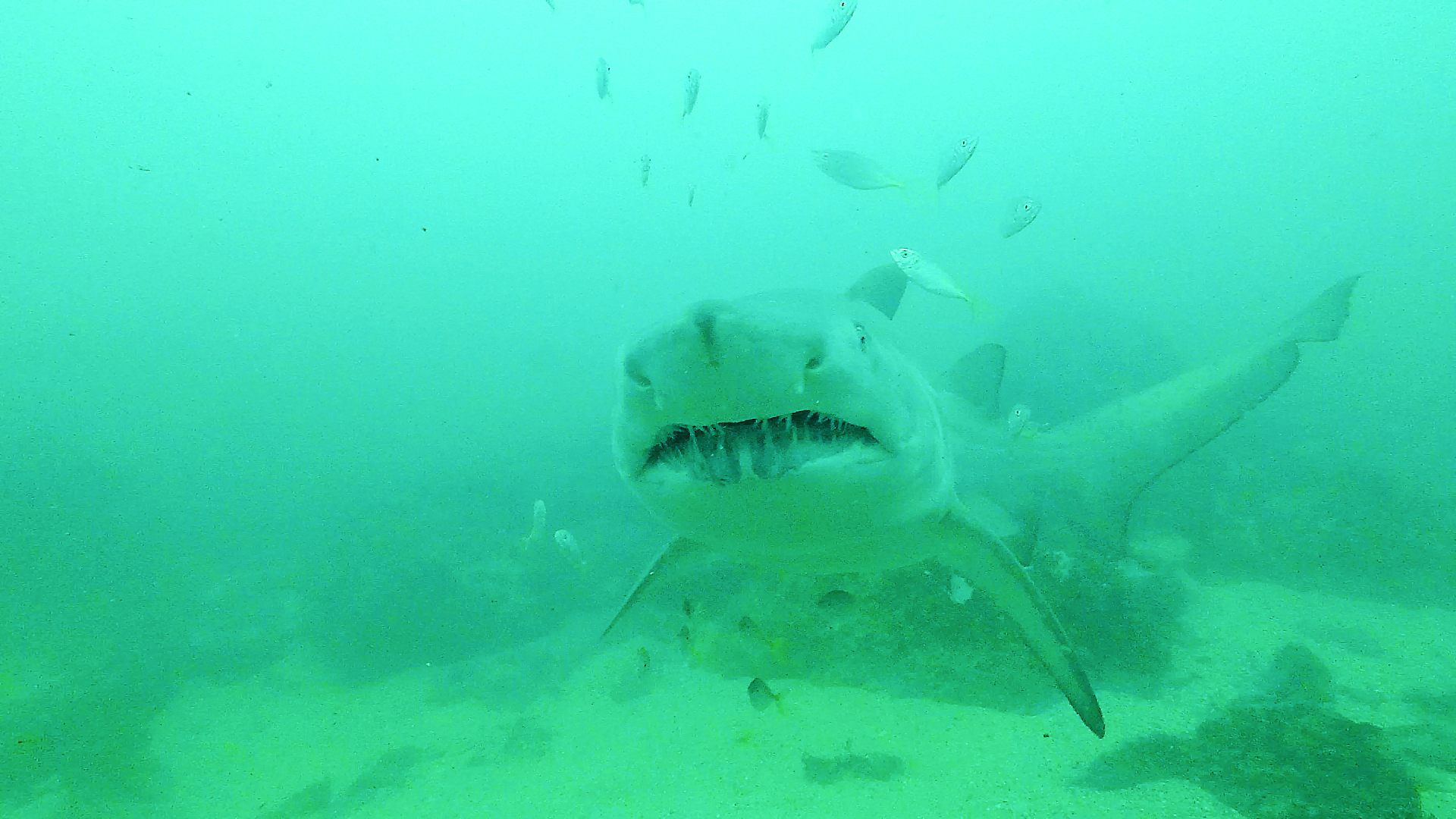
Ocean of opportunity
Back in mid-1980s – when Duncan wrote the paper on recreational fishing and diving in Jervis Bay – in one year, the area attracted more than 30,000 divers, who spent about $1.3 million, a “significant” contribution to the local economy.
Today, despite the potential in scuba and free diving, neither Wollongong nor Shellharbour’s tourism boards have dedicated marine tourism plans and the local dive industry is in decline.
“When I first started diving, there was a dive shop in Wollongong, United Divers,” Duncan told the Probus Club. “They had a branch in Kiama. There were three dive shops in Shellharbour, and there was also a dive boat. There used to be three dive shops in Huskisson at Jervis Bay, and there was even a live-aboard.
“But that's really declined significantly.”
No full-time dive boats now run from Wollongong or Shellharbour. Only one boat – owned by Sydney company Abyss – leads seal dives to the Five Islands in winter.
Duncan is unsure what’s behind the drop in recreational diving. “I don't know why – is it because people have other things to do? Is there too much regulation, cost?
“I think there's also the fact we don't do much promotion in this part of the world.”
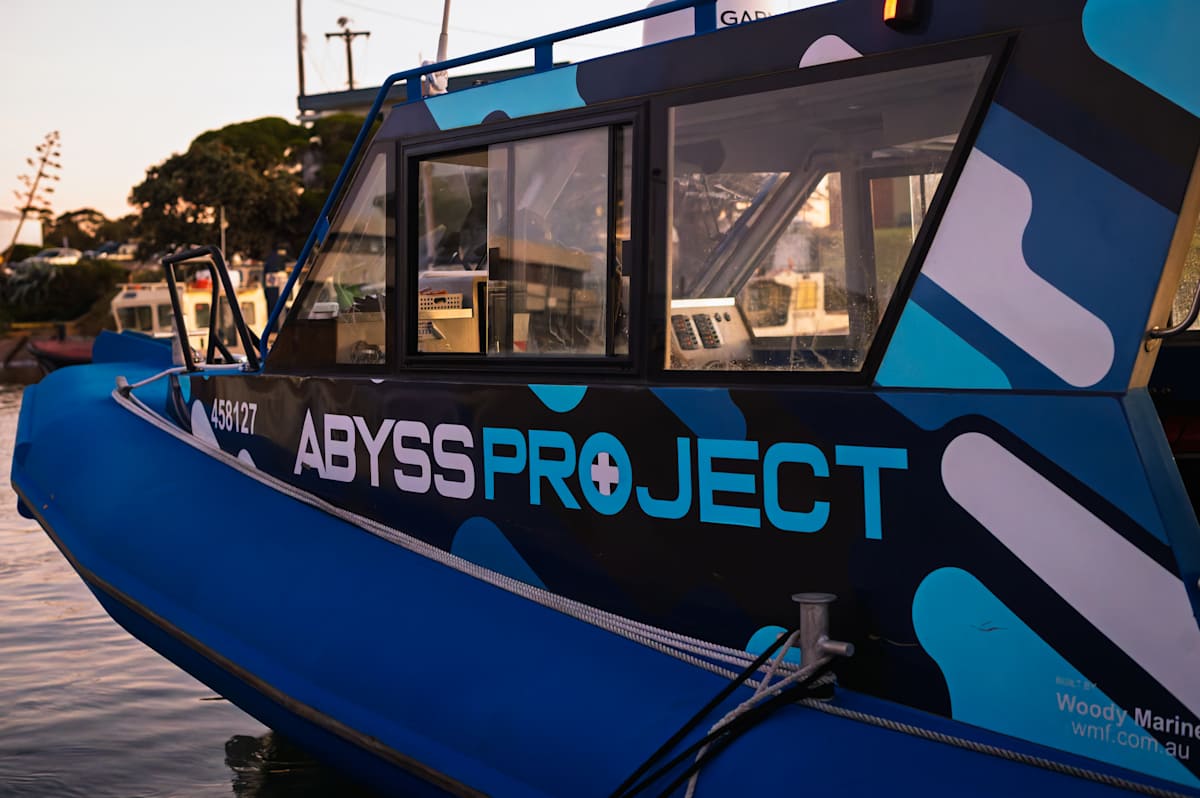
Touching the surface
Two new ocean-going ventures have launched this winter. Aquilla Fishing Charters is offering the first whale-watching tours from Wollongong Harbour, while the Abyss Project is leading eco-tours around the Five Islands. Both have been sell-out successes, but don’t explore the world beneath the waves.
Duncan thinks there are more big blue opportunities in diving and snorkelling. “I think we should push councils for a marine tourism plan and get some leadership happening,” he told the Illawarra Flame.
“Nobody does any research on this. The divers are not represented on any government committees – spearos (of which I am one) are on the Recreational Fishing Advisory Council but there is no place for passive users, except conservationists.
“Given what the region has to offer, it’s not well serviced despite having several safe harbours – Wollongong, Port Kembla, Shellharbour and Kiama.”
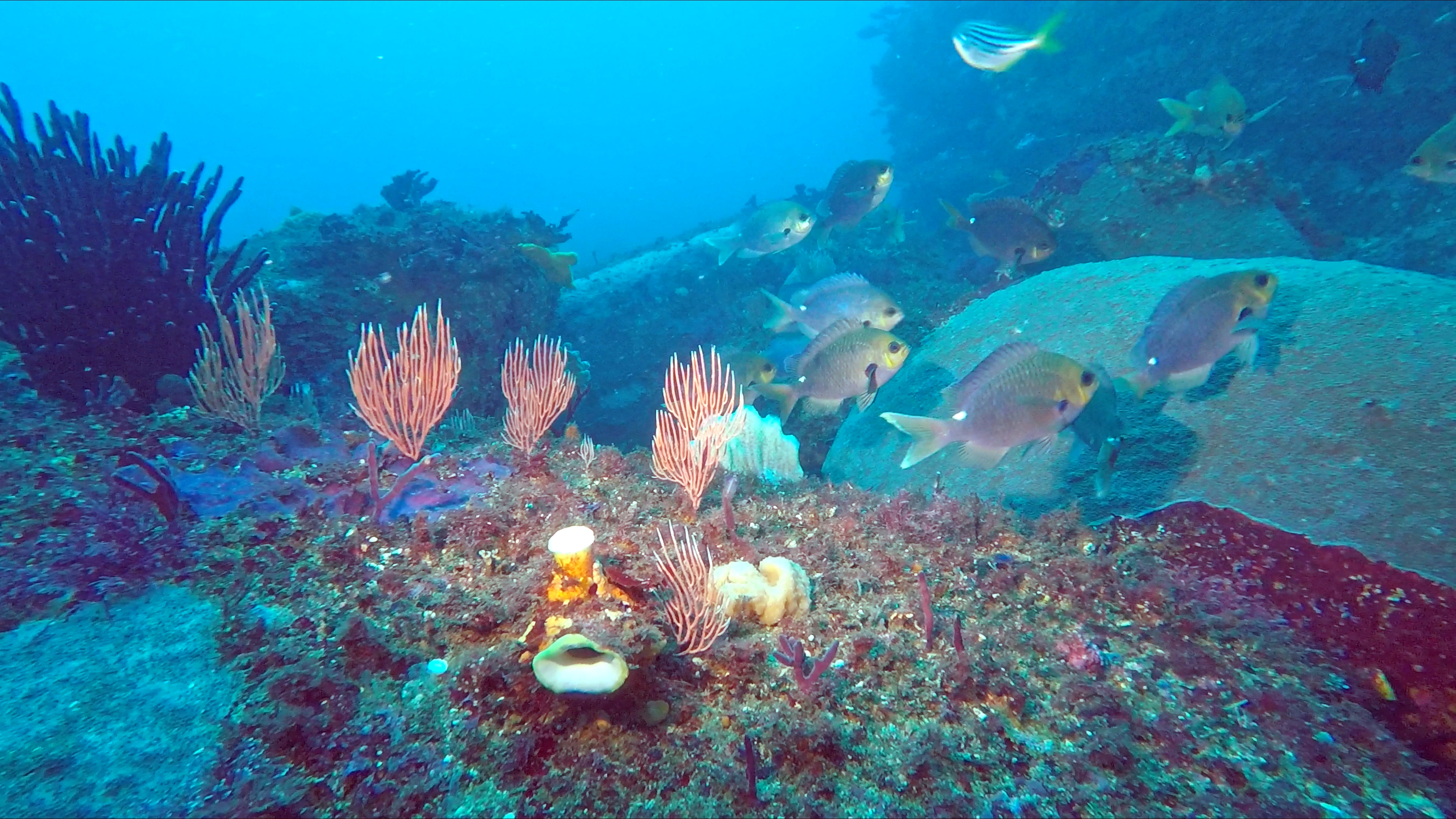
Charting good spots
For almost a decade, Duncan has single-handedly been raising awareness of marine life off our coast, writing ‘Hello Fish’ columns for the Illawarra Flame, speaking to ABC Radio’s Lindsay McDougall, and building a following for his YouTube channel, Illawarra Underwater.
“One of the reasons I started ‘Hello Fish’ was to draw attention to the good diving and snorkelling along the coast – but Bushrangers gets all the ‘likes’,” he said.
While the aquatic reserve at Bass Point is undoubtedly one of the best shore dive spots on the East Coast, that secret is out. “It's impossible to get a car park on weekends, it's become a victim of the Instagram era.”
There is much more to see, Duncan would like visitors to know, with lots of reefs north of Wollongong. “But nobody ever seems to dive there. There's a lot to explore, but there is no way, unless you've got your own boat, of getting out there.”
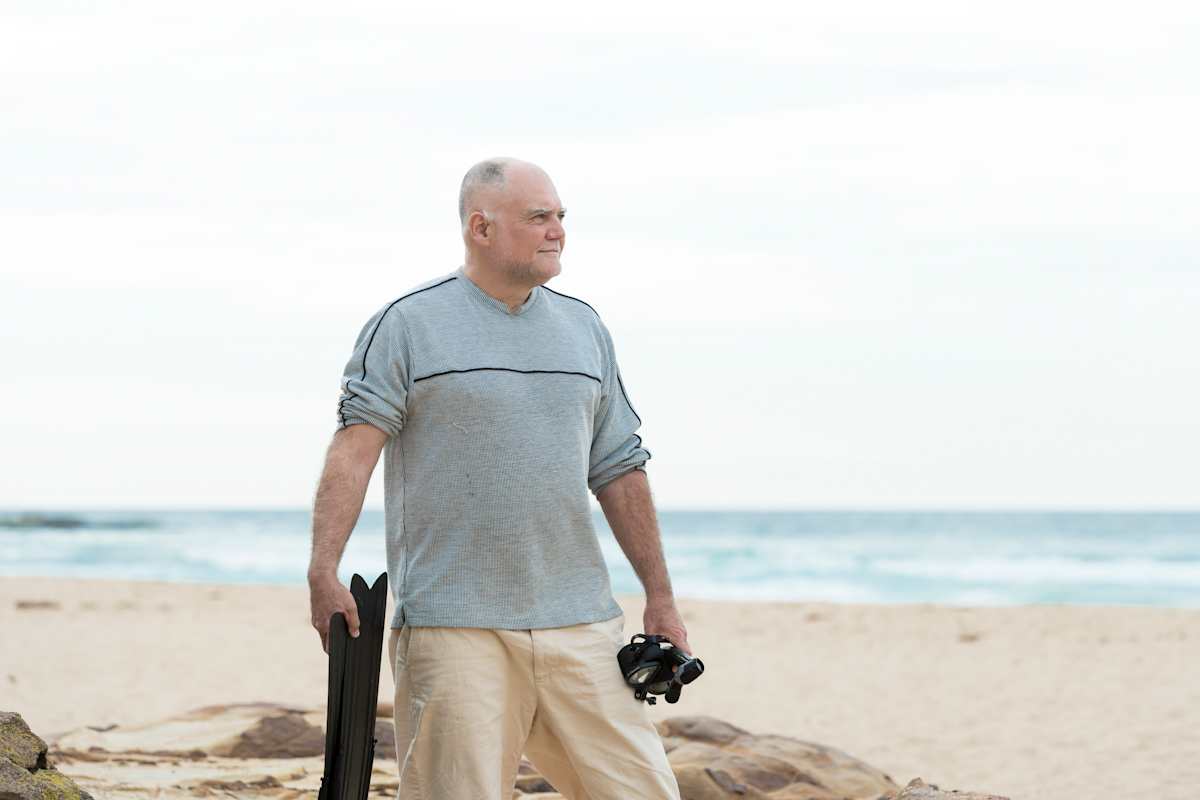
Making of a marine scientist
In his Probus presentation, Duncan shared a history of his “journey through fish”, which began when his family emigrated as Ten Pound Poms in the mid-1960s. Both his parents were doctors, and his mum ran baby health clinics for Wollongong Council.
“Fishing was very much a part of family life,” he said. “We also got into boats fairly early on… went fishing on Lake Illawarra, before venturing out to sea and fishing mainly around the Five Islands.
"Mum and Dad bought me a speargun in the late 70s, I was a bit of a self-taught spearo. Today, I very rarely buy fish."
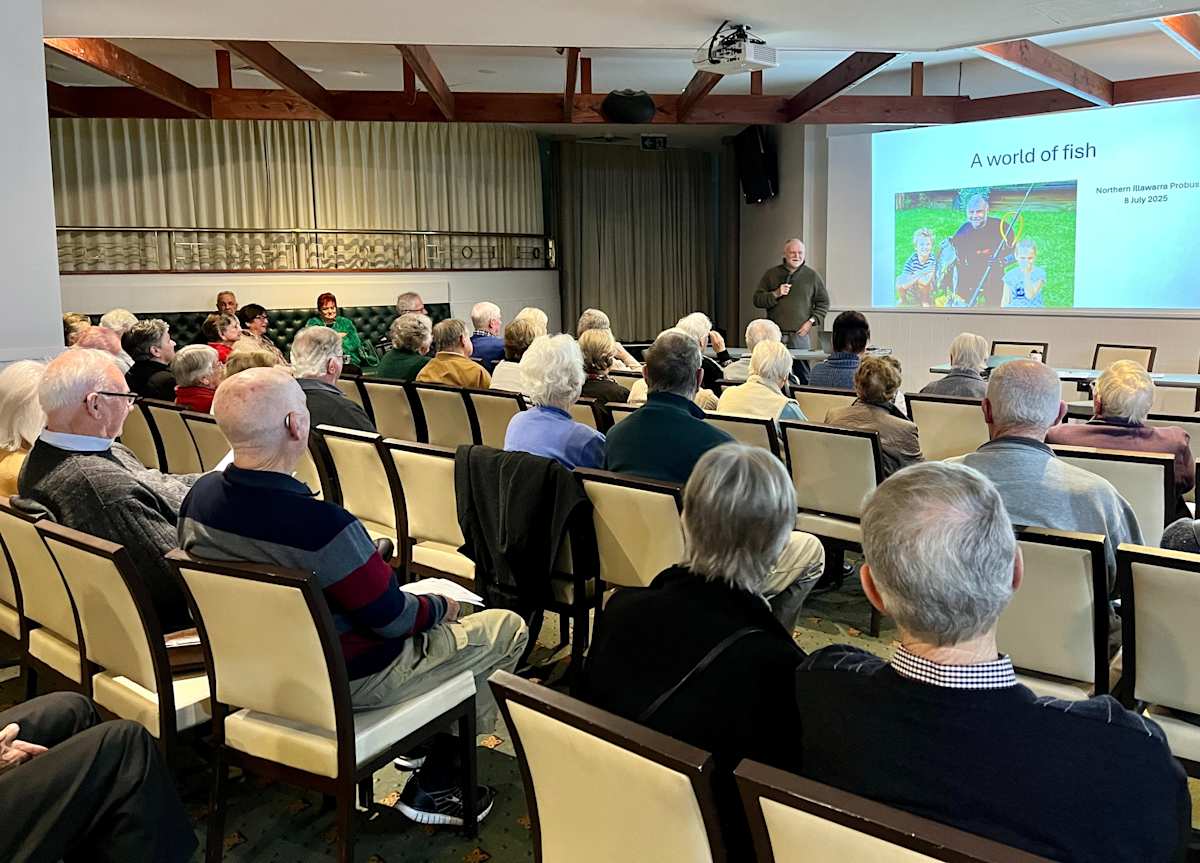
His career began at Sydney University, when the marine science course was so new it ran out of the geology department and Duncan had to volunteer to get a start in the industry. Highlights have included working with the late restaurateur Peter Doyle, who founded the not-for-profit OceanWatch to support the seafood industry.
“I spent 11 years at OceanWatch,” Duncan said. “It was a great job working with fishermen. They were very concerned about the loss of wetland, nursery habitats along the coast, obviously worried about pollution.
“We used to charter airplanes and fly over illegal activities by farmers on the ground, which are pretty significant along the coast.”
How farming harms fish
Disturbing acid sulphate soils remains a big problem, Duncan said, explaining how drainage for agricultural production in coastal floodplains has lowered the water pH, sometimes to the level of vinegar – “it's just hostile to any aquatic life” – leading to diseased fish and mass fish kills.
“This is remains one of the biggest issues affecting fish populations,” he said, pointing to the Shoalhaven and the Northern Rivers regions as the worst affected.
“Very little is being done about this.”
Duncan was eventually headhunted to London, to be international fisheries director at the Marine Stewardship Council, now famous for its blue tick on sustainable seafood. He later set up MSC in Australia and Japan, before starting his own consultancy, Fish Matter, and travels across Asia, advising on sustainable fishing practices. Much of his work has been in Thailand, Indonesia and India.
Duncan’s expertise is also valued by not-for-profit organisations such as the International Pole and Line Foundation. He’s a Visiting Fellow at the Australian Centre for Ocean Resources and Security (ANCORS) at the University of Wollongong, has worked with United Nations agencies and volunteered with the likes of Community Catch.
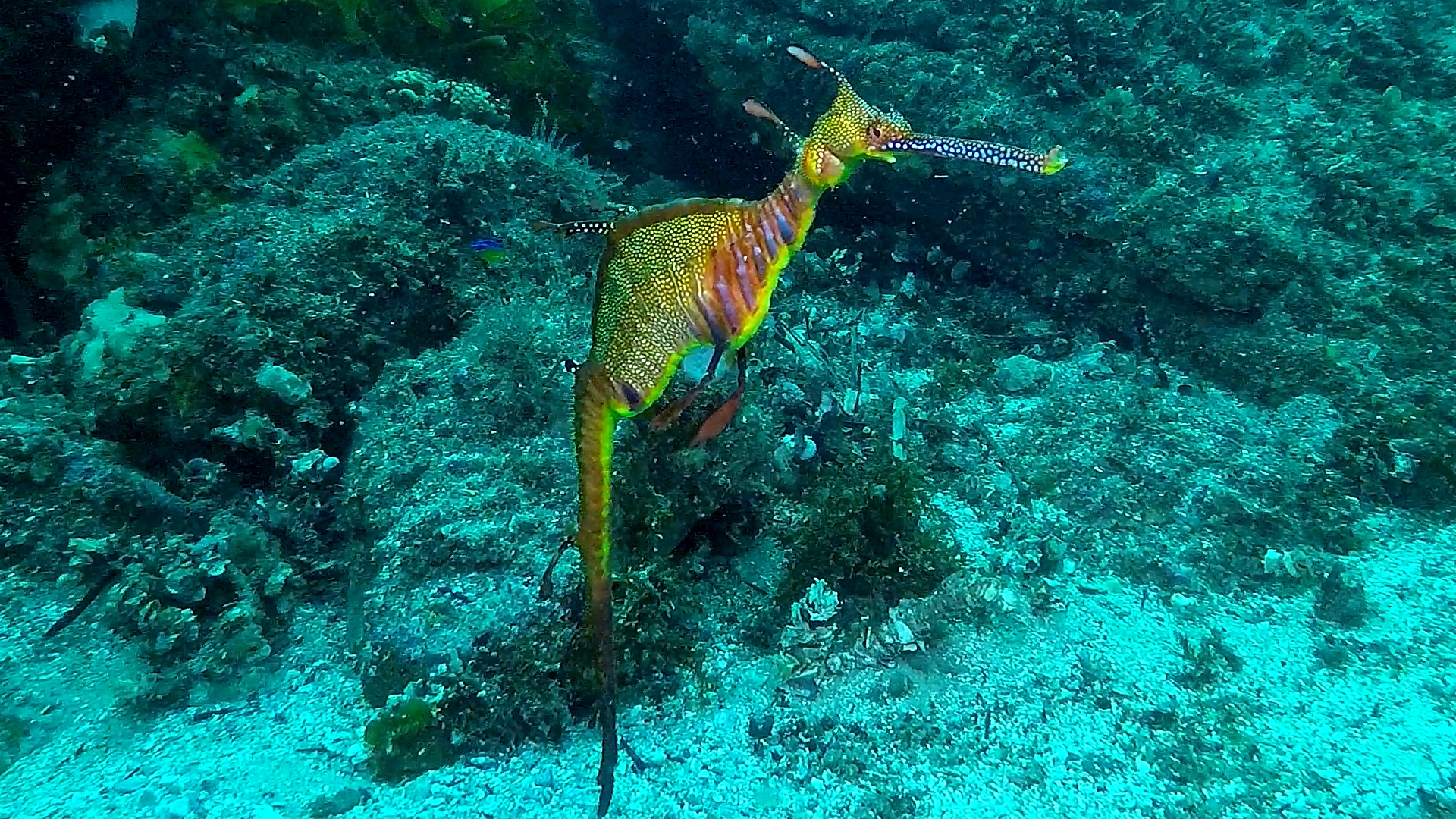
Dream to make documentaries
Even in his spare time, Duncan is drawn to the ocean. Recording his dives has sparked a desire to produce documentaries and he recently returned to study for the first time in 50 years, completing a TAFE course in screen and media.
Duncan’s Probus presentation ended with a short film featuring spectacular corals, seals, weedy seadragons and his favourite fish: the Blue Devil Fish. The video was stitched together from years of clips as tribute to United Divers when the business closed in 2021 after 47 years of operating.
“They had done more to promote the Wollongong area with diving than anyone else,” Duncan said.
“We live on an amazing coast and I think it's undervalued.”
